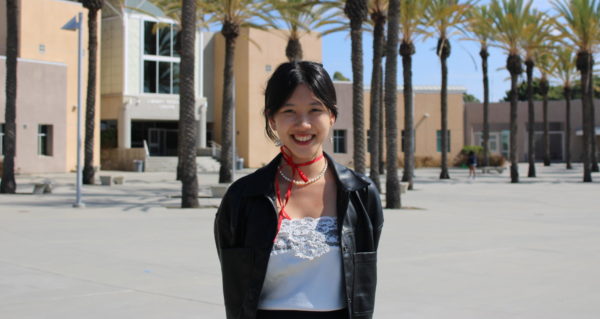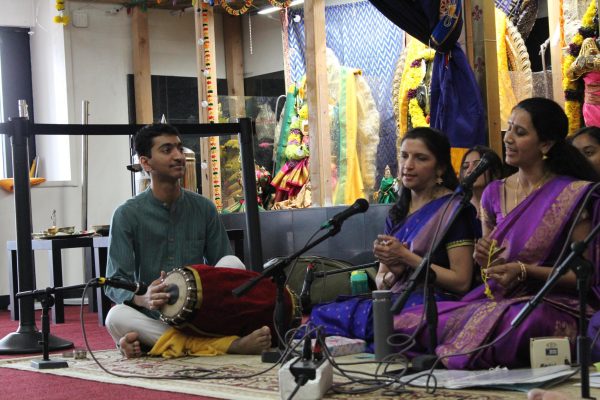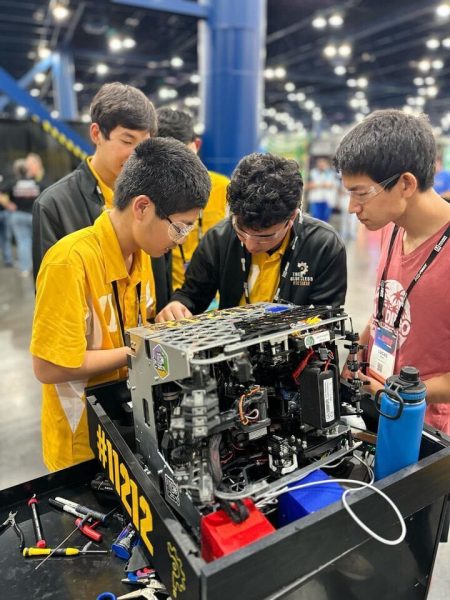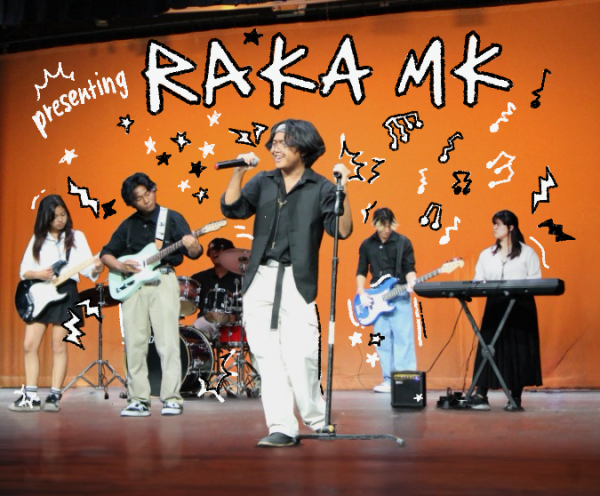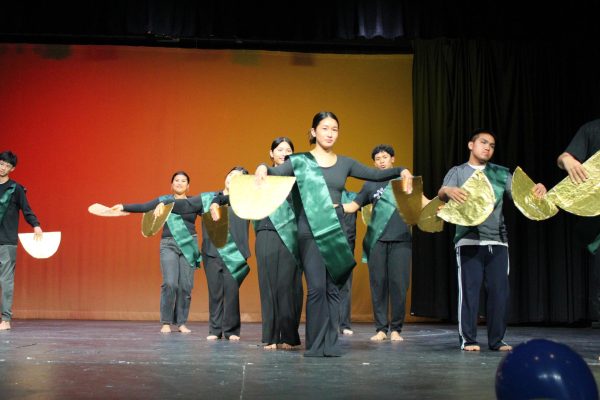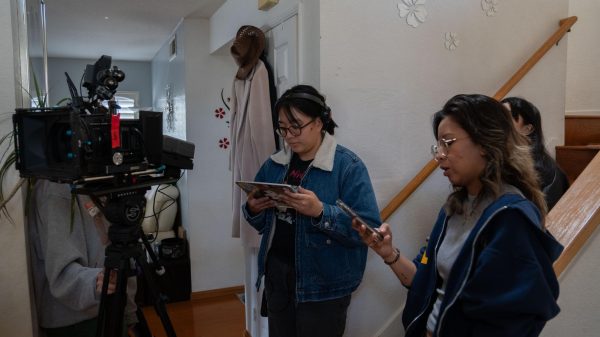Lee, Zhang, Shi compete in USA Math Olympiad
April 7, 2023
Nine hours. Six questions. Two days. Infinite pressure. Daeho Lee (12), Justin Zhang (11), and Eric Shi (11) sat at the shiny desks of a USCD classroom, March 21-22. Their demeanors were calm, but their minds were racing.
Between intervals of thinking for long periods to quickly scribbling away at their sheets, they hoped to get just one question right.
They were participating in the USA Math Olympiad (USAMO), one of the most prestigious national math competitions, and it was no easy feat to get to.
“There are two rounds before the USAMO,” Lee said. “The first round is known as the AMC [American Mathematics Competitions] 12, which means that anyone 12th grade and under can take it. Once you do the AMC 12, you have to score high enough to qualify for the next round, which is called the American Invitational Mathematical Examination [AIME]. Once you do the AMC and the AIME, your combined score from those two competitions gives you what’s called the USAMO index. If your index is high enough [the top 2.5% on the AMC and top 5% on the AIME], then you qualify to compete in the USAMO.”
The preparation for these three competitions, however, starts much earlier than the competition itself.
“I started out [preparing] in sixth grade,” Lee said. “So, it’s been around six years. To prepare, I individually studied, practicing problems mostly and studying from previous exams.”
Zhang, in his preparation, self-studied similarly to Lee, however, he also attended AoPs, Art of Problem Solving, classes and competed in other math tournaments, including the JMO, the junior version of USAMO.
“AoPs classes have a good program to help students prepare for the USAMO,” Zhang said. “Having experience in competing is also extremely important. I went to competitions from local colleges, to bigger ones, like Harvard’s, MIT’s, and Berkeley’s. I also have qualified for the past two years [freshmen and sophomore year] for the JMO.”
Shi, like Lee and Zhang, began preparing in middle school, but he didn’t focus on it as much until high school.
“In middle school, they had a math club and my parents forced me to join in the beginning,” Shi said. “I wasn’t really interested, so I didn’t take it seriously. When I entered high school as a freshman, I competed in the AMC 10. I did very little preparation and wasn’t expecting much. But then, I got the lowest cut-off that allowed me to go to the AIME. I felt really happy and that motivated me to try harder.”
That had been a turning point for Shi, though he didn’t end up qualifying for the JMO, as he began to push himself much further.
Going into this year, Shi, Zhang, and Lee continued to improve their study habits. They passed the AMC 12 in November and AIME in February. Their scores qualified them for the USAMO.
“[AMC 12 and AIME] are completely different from [USAMO],” Lee said. “It spans over two days, [with] four and a half hours [each day], [and] three questions each day.”
Four and a half hours for three questions may seem disproportionate, but they all agree this is an adequate amount of time for the types of problems that are given.
“It’s very different from what we usually see in school,” Zhang said. “Most of the knowledge, like formulas, is covered in high school, but it’s never used in this specific way.”
Shi said that the problems are more conceptual, meaning that students can’t simply memorize formulas in order to solve them.
“Sometimes, when I study these problems, I see really ingenious solutions,” Shi said. “[I think], ‘Wow, how did they think of that? That’s like magic.’ But once you think logically about it and actually do the problem, it all starts to make sense. In the past, I used to cram a lot of formulas and then read a bunch of books without actually doing problems. You can read all you want, but once you get to the exam, you are going to blank out. Practicing problems is the only way to study.”
Due to the nature of the math problems they’re facing, Lee said that the only way to solve them is by understanding the fundamental concepts.
“It’s all about how you can creatively use and put together certain things,” Lee said. “Time isn’t really the problem; it’s really the content. If you can figure the problem out, you should be able to figure it out in the time that they give you.”
Despite having prepared thoroughly, the USAMO is a psychologically challenging exam as much as it is mathematically.
“Four and a half hours at once is a long time,” Zhang said. “It requires pretty good stamina to get through it, and it’s really easy to have a bad day and do really poorly, no matter how much you study.”
The extremely difficult problems also add to the feeling of low motivation, but Shi said that it’s important to push through.
“There’s a high chance going into any day of the competition that you won’t get any problem[s] done,” Shi said. “But you have to try. So once it’s over, you don’t have any regrets because you know at least you did the best you could.”
Shi, Zhang, and Lee agree that understanding just one problem can be extremely rewarding.
As they all wait for the results to come later this month, Shi and Zhang are already looking to their senior year, where they will compete again, preparing to study even harder for their final year. Lee, as a senior, looks back on his years and says he is proud of what he accomplished.


